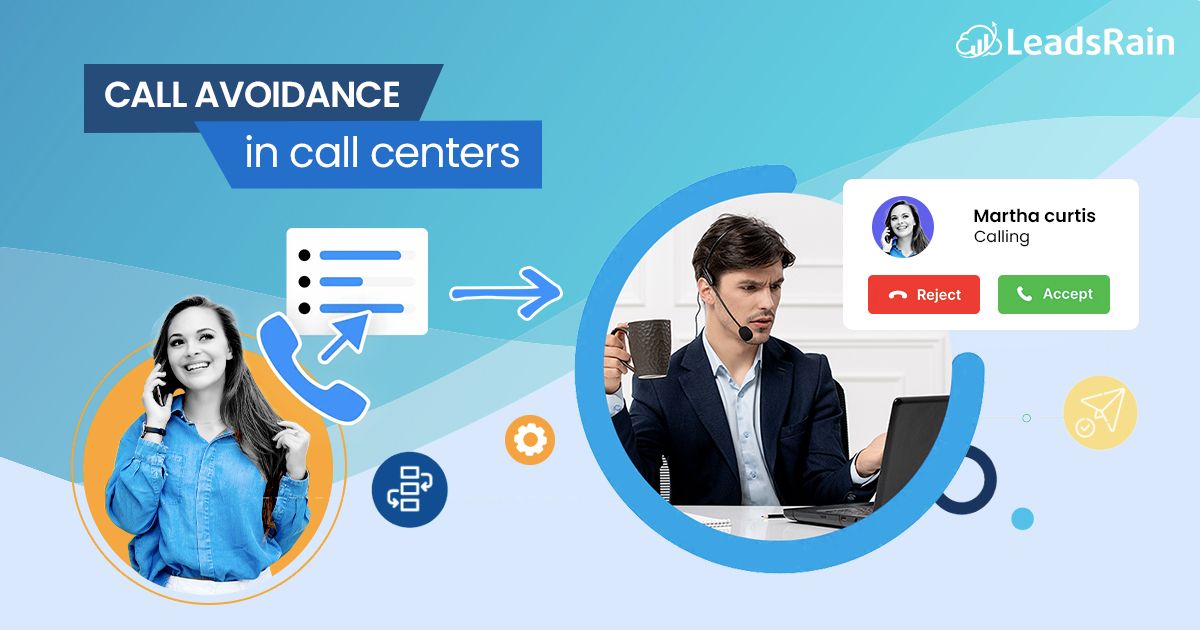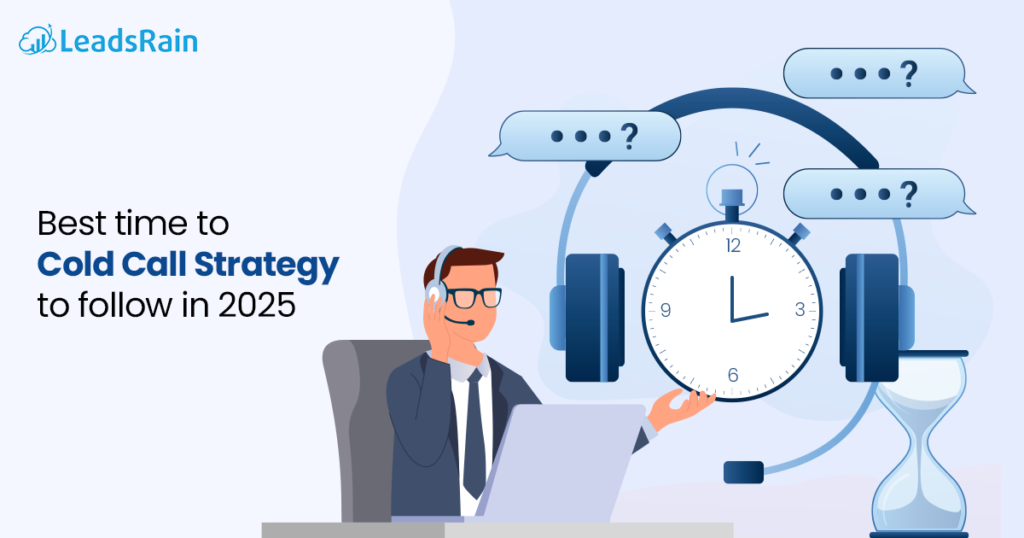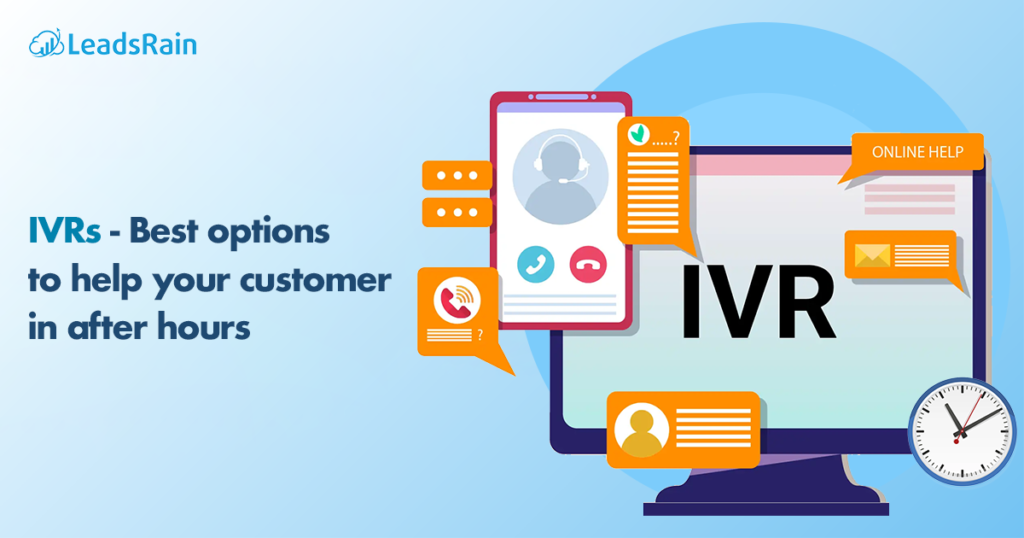Why is call avoidance becoming a trend in call centers? Ever thought ?? Let me clear you with the fact that avoiding calls is a purposeful selection, not an accident. The art of call avoidance has become a vital strategy for maintaining productivity.
What factors contribute to this phenomenon and how can it be addressed? The challenges presented in call avoidance are demanding innovative solutions. In this era of digitization, comprehending and handling call avoidance becomes more essential than ever for call center success.
In this blog post, we’ve spotlighted the 360 degrees of call avoidance in call centers.
What is Call Avoidance in a Call Center?
Call avoidance involves the persuasive concern where agents deliberately avoid receiving or making phone calls. It refers to a specific tactic implemented to diminish the number of inbound calls and divert the customers towards alternative customer communication channels.
In simple terms, in a call center context, it is a thoughtful technique focused on reducing the volume of incoming calls by addressing customer inquiries or concerns through alternative channels before escalating directly to phone calls.
Call avoidance involves employing various strategies. These strategies are employed intentionally to avoid phone calls (receiving inbound calls and making outbound calls).
Moreover, call avoidance in call centers aims to improve efficiency and customer satisfaction by minimizing the need for customers to call in for assistance.
Going over a few examples of call avoidance that the below-mentioned actions can identify;
- Putting in lengthy breaks
- Skipping a call by heading into voicemail.
- Forwarding a call to other agents while remaining active.
- Making frequent use of hold.
- Getting interested in non-work related activities.
- Failing to follow up on customer concerns.
What Confers a Spike to Call Avoidance?
- Handling with high volume of calls along with tight performance metrics can create stress for agents, leading them to avoid receiving calls.
- Insufficient training for dealing with customer inquiries can make agents fail to address their needs successfully.
- It may develop a reluctance to receive calls from those agents who have previously faced negative interactions to avoid similar experiences.
- Limited access to resources such as inefficient communication channels can hinder the agents to efficiently handle the calls, leading to call avoidance.
- Agents may be unable to handle the volume effectively due to the uneven distribution of calls among agents, resulting in call avoidance.
- Agents who fear failure about not meeting customer expectations successfully will spike call avoidance.
The Greatest Strategies for Handling Call Avoidance
Agents should look into some strategic and mindful aspects to tackle the increasing number of call avoidance.
1. Identify the coronary logic
The first greatest strategy for dealing with call avoidance is searching for the origin of the issue. Call avoidance is something that is consciously conducted rather than out of a sense of necessity.
Recognizing the underlying logic behind call avoidance such as agent burnout and inappropriate training/resources, call centers can create targeted solutions that will reduce call avoidance.
2. Applying the skill-based routing methodology
When the call center software system has activated skill-based call routing, incoming client calls are forwarded to agents with the knowledge and expertise needed to handle specific problems. This skill-based routing methodology allows agents to spend less time and effort.
One ultimate solution is implementing an automated call distribution system for fair and efficient call routing.
3. Displaying the self-service solutions
This can include chatbots, voice bots, automated call response (IVR), knowledge-based articles, online portals, and FAQ pages. IVR system (an automated call response system) focuses on prioritizing calls and handles customer inquiries.
Self-service solutions allow agents to focus on more complex queries and thereby minimize the need for call avoidance.
4. Incorporating Multi-channel Solutions
Salesforce demonstrated in one study that “57% of customers are likely to engage with companies via digital channels”- what does that signify? The straightforward answer – customers want to interact with companies through various modes of communication other than calls. Omnichannel has multiple communication channels like email, SMS, and social media.
Due to the availability of other methods for consumers to communicate with companies and express queries, contact centers can decrease the amount of incoming calls.
5. Acknowledging and rewarding agents
According to Reward Gateway’s 2023 Employee Engagement Trends Report, 60% of workers want their company to spend more on employee rewards and recognition.
Rewarding contact center agents regularly for their contributions lowers stress levels at work, prevents burnout, raises engagement, enhances morale, and promotes employee satisfaction—all of which lead to a decrease in call avoidance.
How Could Call Avoidance Contribute to Call Centre Performance?
Let’s assume call avoidance is like a mischievous ghost – haunting the corners of a call center. Now, when agents effectively engage in dismissive maneuvers like delaying in conducting outbound calls, overly holding times, or shifting calls unnecessarily- these combinations create a chilling effect on productivity.
On the other wall, the eerie echoes of abandoned calls and frustrated customers resonate via the call center, resulting in lower efficiency and reduced customer satisfaction levels. Just like a ghostly phantom, call avoidance behaviors can haunt some major performance of call metrics, departing from a trail of missed opportunities and ghastly shadows on the call center’s reputation.
However, just a skilled ghostbuster can eject spirits from a haunted house, proactive measures can help purge call avoidance from the call center duchy.
Well, I would like to offer one secret gem that is; an outbound dialer can assist in combating call avoidance by automating the outbound calling procedure, confirming that agents are masterfully connected with leads and customers.
What are some Common ways of Call Avoidance?
There are various ways to avoid or delay customer calls, some of the common ways in call centers are outlined below;
1. Avoiding outbound calls
Agents intentionally avoid making outbound calls, particularly if they anticipate difficult or time-consuming customer interactions. An agent may delay calling a customer with a complex issue.
2. Extreme after-call work
Agents spend more time than required specifically on post-call tasks like conducting and taking records. In call centers, After-call work (ACW) involves filling out the customer call data to delay the assignment of the next customer call.
3. Selective accessibility status
To demonstrate that they are unavailable for inbound calls, specifically during peak call times, they manipulate their accessibility status in the call center system. Some agents might set their status as “Busy” or “not available” to avoid taking calls.
4. Making unwanted call transfers
Agents transfer calls to another salesperson or department to avoid delaying customer inquiries. For example, an agent transfers a call to a specific department without attempting to address the customer’s issue first.
Conclusion
Call avoidance in call centers is a multifaceted concern, demanding for proactive and strategic solutions. But it can be your stress-free approach if handled with automated and multichannel communication tools. So, start accepting the culture of automated routing, self-service options, and omnichannel systems to address call avoidance.




